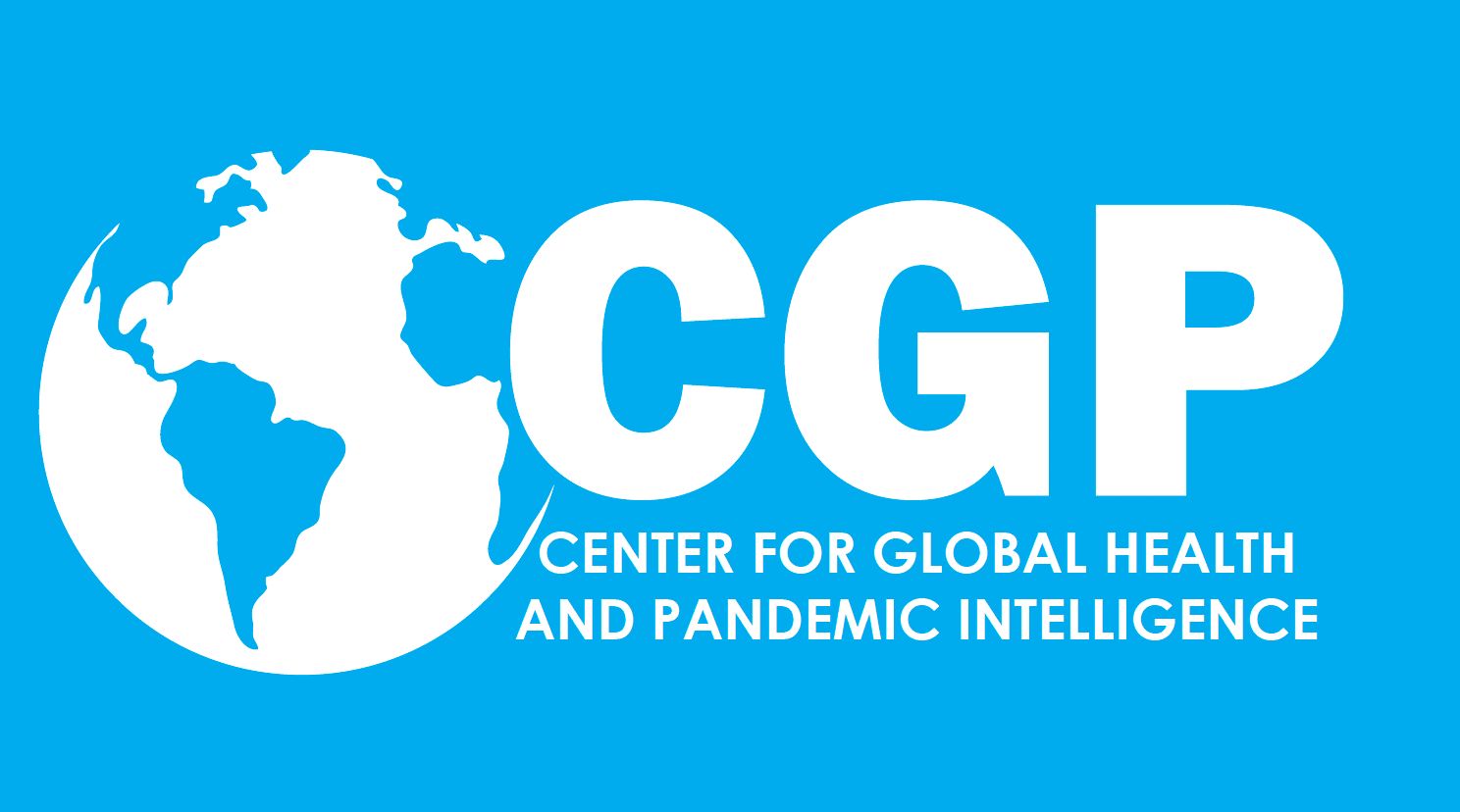Kenya Validates Groundbreaking Decision-Making Tool for Public Health Emergencies (DMT-PHE)

One Health in Action: Building Multidisciplinary Bridges for Improved Global Health Security and Pandemic Preparedness
October 30, 2025A new era of evidence-based, decentralized, and One Health–aligned emergency decision-making is taking shape under KNPHI leadership with technical support from CGP and Palladium’s TDDAP2 programme.
Kenya has taken a major step toward institutionalizing rapid, evidence-based outbreak response with the successful validation of the Decision-Making Tool for Public Health Emergencies (DMT-PHE) – the country’s first standardized framework for guiding escalation, coordination, and decision-making during public health crises.The National Validation Workshop, held from 16–17 October 2025 at Sarova Panafric Hotel in Nairobi, was convened by the Kenya National Public Health Institute (KNPHI) with support from Palladium’s Tackling Deadly Diseases in Africa Programme 2 (TDDAP2) and technical facilitation from the Center for Global Health and Pandemic Intelligence (CGP). Over 40 participants drawn from government agencies, research institutions, and international partners including Ministry of Health (MOH), MOH-Disaster Risk Management, Directorate of Veterinary Services, WHO, Africa CDC, FAO, Amref Health Africa, US CDC, IGAD, AFENET, Washington State University (Global Health), TaskForce for Global Health (SONAR) and Kenya RedCross Society (KRCS), Kenya Medical Research Institute (KEMRI), KEMRI-Wellcome Trust, Pandemic Action Network (PAN) and RAMAT collaborated to test the DMT-PHE through five real-world table top simulation exercises (SIMEX) ranging from Ebola Virus Disease, Cholera outbreaks, Rift Valley fever, chemical spills and Public Health Emergencies of Initially Unknown Etiology (PHEIUE).
“This tool bridges the long-standing gap between surveillance data and timely decision-making,” said Dr. Samuel Kadivane, who coordinated the workshop on behalf of the KNPHI Director General Dr. Maureen Kamene. “It empowers county health leaders to act decisively, with clear escalation thresholds, structured coordination, and predictable response pathways.”During the simulations, participants validated escalation triggers and workflows aligned with the 7-1-7 performance model detecting outbreaks within seven days, notifying within one day, and initiating response within seven days. The results demonstrated that DMT-PHE can dramatically reduce response delays and promote multi-sectoral action across the human, animal, and environmental health sectors. Dr. Kadondi Kasera, Country Lead for TDDAP2, emphasized the tool’s strategic integration: “Embedding DMT-PHE within the KNPHI’s MEAL framework, IHR implementation roadmap, and costing tools will accelerate Kenya’s transition to a data-driven, performance-based emergency management system.”
The validated tool will now proceed to pilot testing in ten high-risk counties, representing diverse epidemiological and cross-border contexts. These pilots will help refine Standard Operating Procedures (SOPs), integrate DMT-PHE with IDSR and DHIS2, and establish a baseline for monitoring county performance against 7-1-7 benchmarks. Dr. Mark Nanyingi, Technical Director at CGP and the workshop’s lead facilitator, noted: “The DMT-PHE represents a new frontier in Kenya’s pandemic preparedness architecture — a clear, practical mechanism for deciding who acts, when, and how, during complex health emergencies.” The validation workshop concluded with a unified call to digitize the DMT-PHE, embed its triggers in national dashboards, and align its rollout with the National Action Plan for Health Security (NAPHS 2.0) and the broader Public Health Emergency Management (PHEM) framework. With Kenya leading the way, the DMT-PHE is poised to become a regional reference model for structured, One Health–based decision-making a blueprint for turning data into decisive action when every hour counts.
About the DMT-PHE
The Decision-Making Tool for Public Health Emergencies (DMT-PHE) is a structured, evidence-based framework developed by the Kenya National Public Health Institute (KNPHI) with technical support from CGP and Palladium’s TDDAP2.
It provides:
- A tiered escalation pathway for classifying emergencies and triggering action at subnational and national levels.
- Decision thresholds for 20 epidemic-prone diseases and public health events, including zoonoses, chemical incidents, and foodborne outbreaks.
- Defined roles and responsibilities for key actors across One Health sectors human, animal, and environmental.
- Linkage to the 7-1-7 performance model, ensuring early detection (7 days), notification (1 day), and effective response (7 days).
- Integration with IDSR, IHR (2005), and NAPHS frameworks for seamless data-driven decision-making.
- Accountability, coordination, and speed of action transforming Kenya’s emergency management from reactive to predictive and structured.


